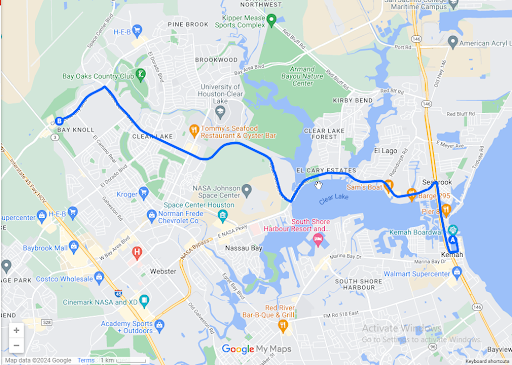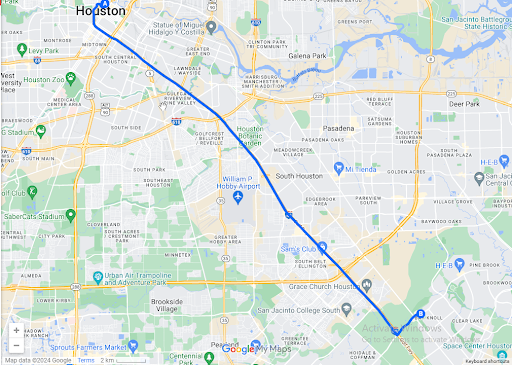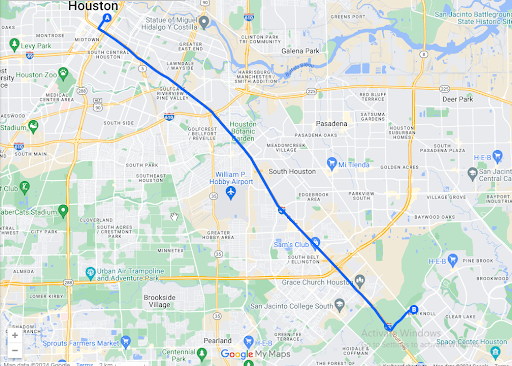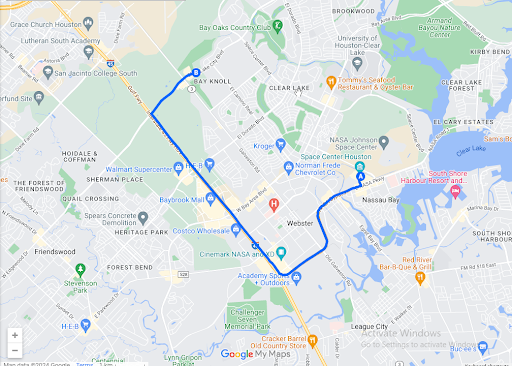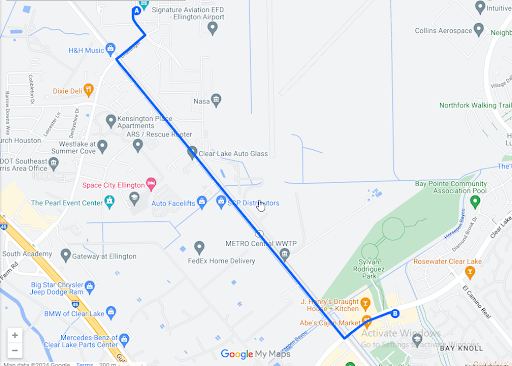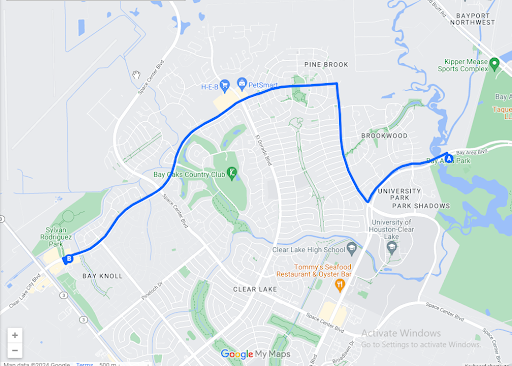Emergency Pediatric Dental Care In Clear Lake City, Houston, TX

Welcome to Bay Oaks Pediatric Dentistry in Clear Lake City, Houston, TX! Our dedicated team of emergency dentists and compassionate staff are here to provide prompt and expert care for your urgent dental needs. At Bay Oaks Pediatric Dentistry, we understand the importance of immediate attention during dental emergencies. Whether it’s a severe toothache, a knocked-out tooth, or any other dental emergency, our skilled dentists are ready to help. We offer advanced emergency dental services specialized to alleviate pain, address issues promptly, and restore oral health.
Board Certified Pediatric Dentist In Clear Lake City
How To Reach Bay Oaks Pediatric Dentistry
The Nearest Public Transport Station To Bay Oaks Pediatric Dentistry
Bay Area Park & Ride: 3.5 miles away from Bay Oaks Pediatric Dentistry
El Dorado Park & Ride: 3.2 miles away from Bay Oaks Pediatric Dentistry
San Jacinto College South: 4.6 miles away from Bay Oaks Pediatric Dentistry
Why Choose Bay Oaks Pediatric Dentistry In Clear Lake City, Houston?
- We have a highly qualified board-certified pediatric dentist.
- We have a child-friendly environment.
- We accept most of the insurance plans.
- We provide effective treatments.
What Is Emergency Pediatric Dental Care?
Emergency pediatric dental care refers to specialized dental services provided to children in urgent situations, such as severe toothaches, broken teeth, or injuries to the mouth. These services are designed to address immediate dental needs and alleviate pain or discomfort experienced by children. Emergency pediatric dental care may involve procedures like tooth extraction, filling cavities, or repairing dental trauma. Dentists who specialize in pediatric emergency care are trained to handle the unique needs of children, ensuring they receive prompt and effective treatment during dental emergencies.
What are some common pediatric dental emergencies that parents should be aware of?
Some common pediatric dental emergencies that parents should be aware of include:
Tooth Fractures: Common in children due to falls or accidents, fractures can expose the nerve, leading to pain and potential infection.
Dental Abscess: Resulting from untreated cavities or infections, abscesses are painful swellings filled with pus, requiring prompt treatment to prevent spread.
Soft Tissue Injuries: Lacerations or puncture wounds to the lips, cheeks, or tongue can occur during falls or accidents, causing bleeding and discomfort.
Orthodontic Emergencies: Broken braces or wires can cause discomfort or injury to the mouth, needing urgent attention from an orthodontist.
Persistent Toothache: Constant pain in a tooth may indicate decay, infection, or abscess, necessitating immediate evaluation by a dentist.
Object Lodged Between Teeth: Objects stuck between teeth can cause pain and discomfort, requiring careful removal to avoid injury or infection.
It’s essential for parents to recognize these emergencies and seek prompt dental care to prevent further complications and alleviate their child’s pain or discomfort.
Emergency Pediatric Dental Care Treatment Process for Kids
Assessment: The first step in emergency pediatric dental care is to assess the child’s condition. The dentist will examine the mouth, teeth, and gums to determine the extent of the emergency and identify any immediate issues that need to be addressed.
Pain Management: If the child is experiencing pain, the dentist will provide appropriate pain relief measures to alleviate discomfort. This may include administering local anesthesia or prescribing pain medication, depending on the severity of the situation.
Treatment Planning: Once the assessment is complete, the dentist will develop a treatment plan tailored to the child’s specific needs. This plan may involve procedures such as tooth extraction, filling cavities, repairing broken or chipped teeth, or addressing gum injuries.
Procedure: The dentist will then perform the necessary procedures to address the emergency. This may involve removing debris or foreign objects from the mouth, applying dental sealants or bonding agents, or performing surgical interventions if needed.
Post-Treatment Care: After the emergency procedures are completed, the dentist will provide instructions for post-treatment care. This may include guidelines for oral hygiene, dietary restrictions, and follow-up appointments to monitor healing and ensure the child’s dental health is maintained.
Education: As part of the treatment process, the dentist will also educate the child and their parents or guardians on preventive measures to avoid future dental emergencies. This may include tips on proper oral hygiene practices, diet and nutrition recommendations, and strategies for preventing dental injuries.
Follow-Up: Depending on the nature of the emergency, the dentist may schedule follow-up appointments to assess the child’s progress and make any necessary adjustments to the treatment plan. Follow-up care is crucial for ensuring the child’s dental health is properly restored and maintained over time.


